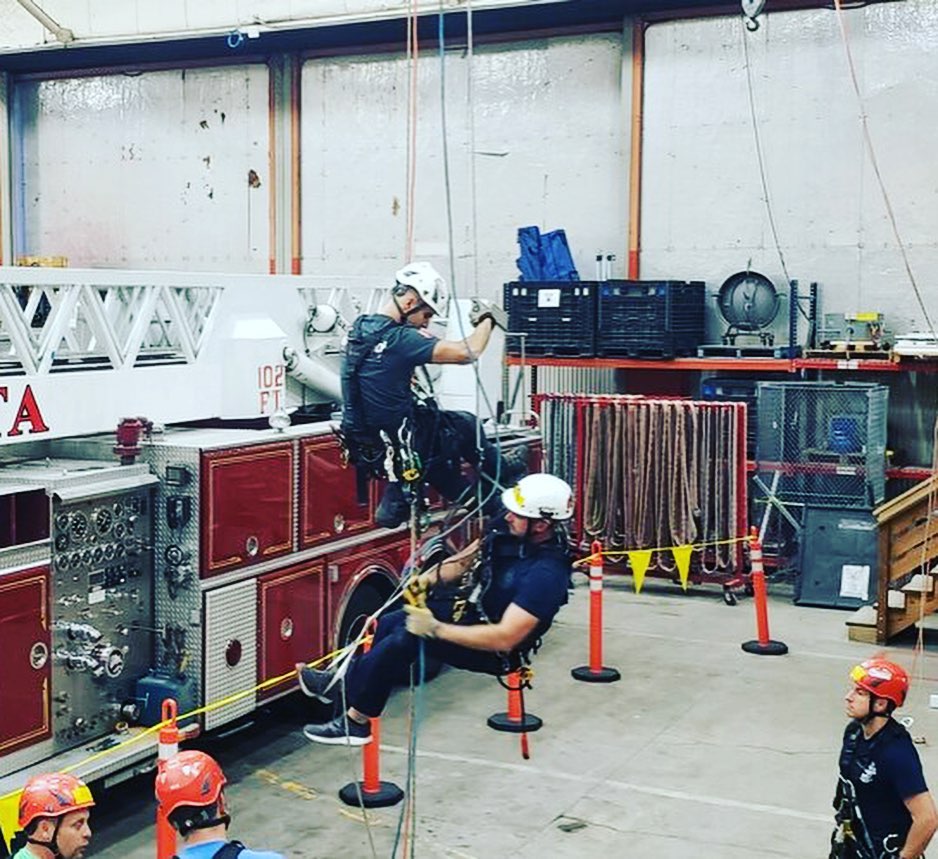Elevated Safety has trained and certified over 92 professional fire service personnel in the Society of Professional Rope Access (SPRAT) curriculum over the past three years. Forty-three were in the past year. Why is this significant? It shows the increasing acceptance of Rope Access in fire service.
Fire Department students often ask us what courses we suggest they take. Our recommended progression is as follows:
- NFPA Rope Operations
- NFPA Confined Space Operations
- NFPA Rope Technician
- NFPA Confined Space Technician
- NFPA Tower Rescue Technician
- SPRAT Level 1
- SPRAT Level 2
- SPRAT Level 3
Toss in a Rope Lab, Rigging for Rescue, Rescue 2, Ronin, or Ropes that Rescue courses anywhere within that mix as well.
SPRAT has become the next step for many fire department technical rescue team members that are looking for something more after the traditional NFPA style courses. Why is this?
SPRAT teaches you to be self-sufficient. It teaches you that you can achieve almost any rescue that comes your way by simply using the equipment you have in your kit, and the knowledge in your head. You do not need a 6 or 8-person team with multiple rigging bags and vortex multipods and additional equipment. You need one highly skilled technician with a SPRAT kit…..that’s it.

To achieve that self-sufficiency, you must have an understanding, and this is the most important piece that SPRAT teaches – it teaches the why. You are taught equipment mastery on every piece of gear you use. You are taught why we do every skill we do, and why we do it a certain way.
SPRAT class sizes are limited to 8 students and you have an outside evaluator for your testing on the last day. You are on rope the majority of the time in class. There is no hiding in a group. It is solely up to you to pass the standards, and if you have a lapse in judgment on testing day and do something that constitutes a failure…..you fail. There is no option to go back and try it again, or talk to your buddy and see what he says because in real life the consequences could mean death. So, in training, the very least it should mean is a failure and come back again in a week or so to try it again.
Being a “competent” rope rescue technician is not easy, it is not a 1 or 2-week course, it is a career-long learning adventure, and it is not for everyone. But if you think you have what it takes, then we highly encourage you to come and check us out. You will become the rescuer that the public thinks and expects you to be.
